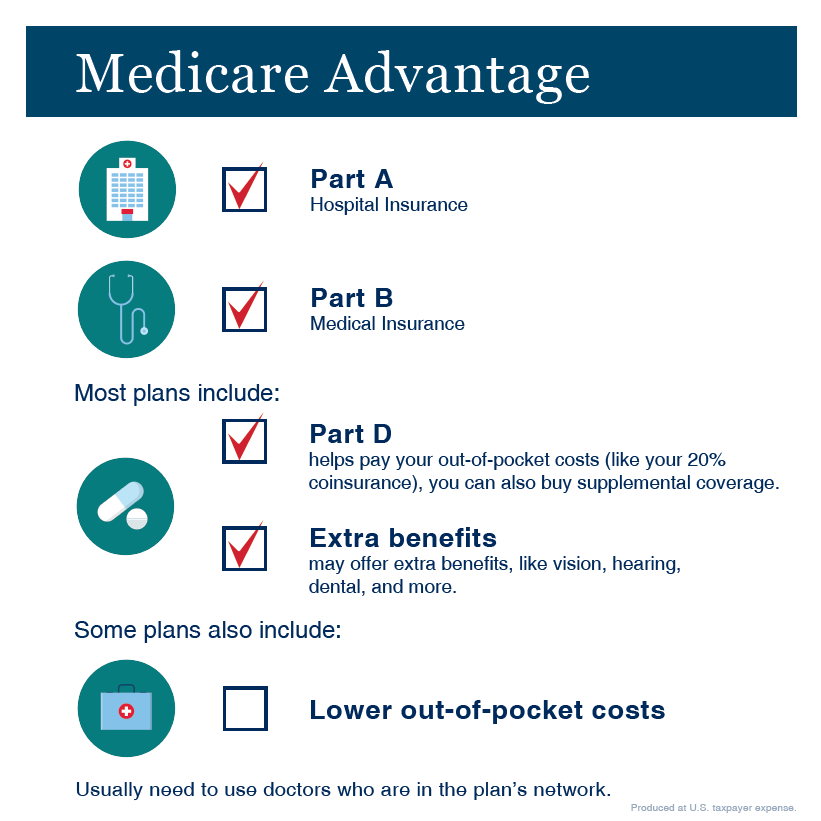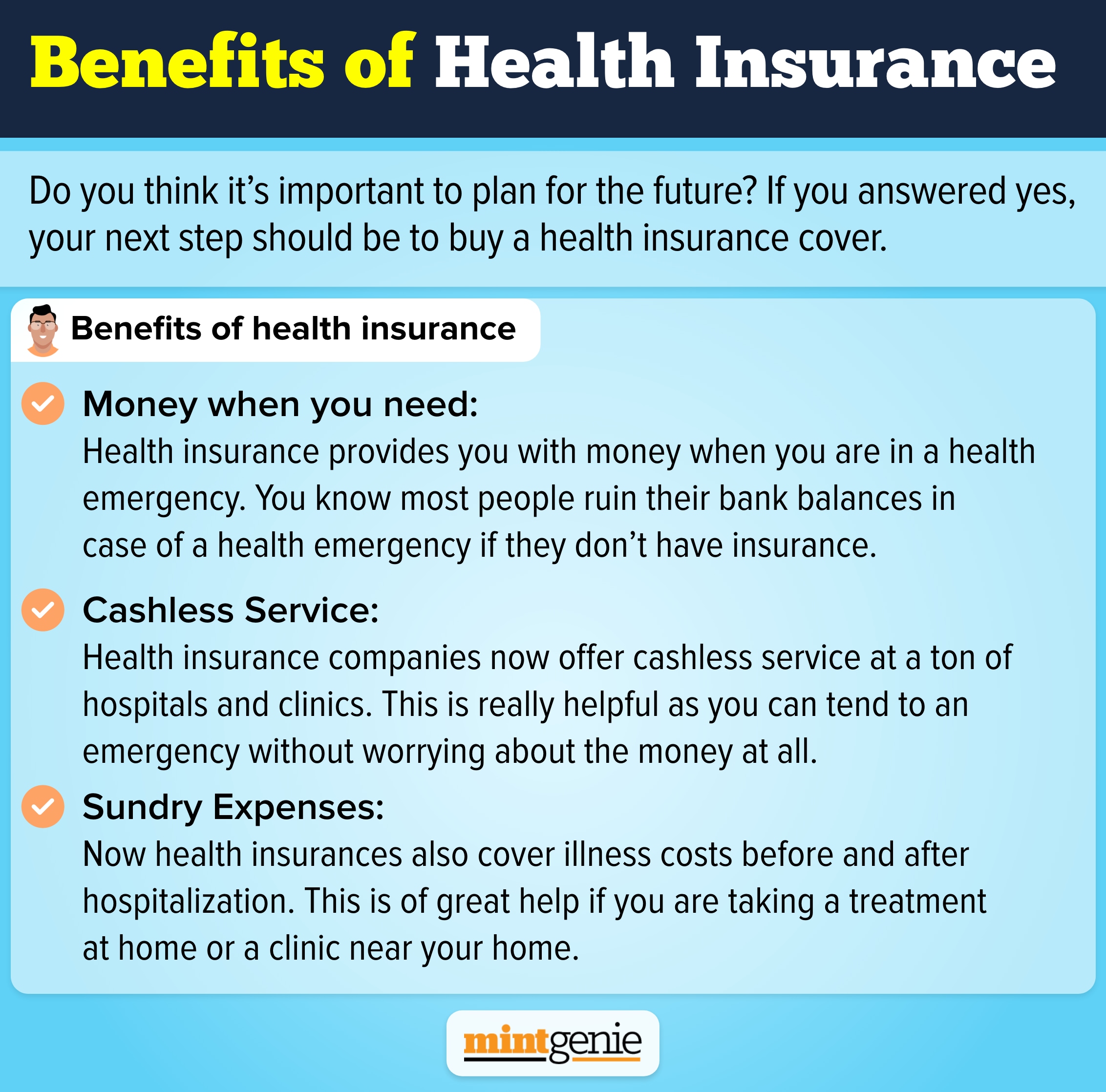Some Ideas on Medicare Advantage Agent You Need To Know
Table of ContentsThe Facts About Medicare Advantage Agent UncoveredNot known Details About Medicare Advantage Agent The Ultimate Guide To Medicare Advantage Agent


follows from adheres to the puzzling young fairly profile of account uninsured with the better healthMuch better wellness average, of younger persons. For those without access to office wellness insurance policy, inadequate health is a prospective obstacle to purchasing nongroup protection since such protection may be very valued, leave out preexisting problems, or be merely unavailable. Unless otherwise noted, national estimates of individuals without health insurance and proportions of the population with different kinds of coverage are based on the CPS, the most extensively made use of source of price quotes of insurance protection and uninsurance rates.

Some Ideas on Medicare Advantage Agent You Should Know
Over a three-year duration beginning early in 1993, 72 million people, 29 percent of the U.S. population, were without protection for at the very least one month. Within a solitary year(1994), 53 million individuals experienced at the very least a month without coverage(Bennefield, 1998a). Six out of every ten without insurance grownups are themselves used. Working does boost the chance that one and one's family members will have insurance coverage, it is not a guarantee. Even members of households with two permanent breadwinner have almost a one-in-ten possibility of being without insurance (9.1 percent without insurance rate)(Hoffman and Pohl, 2000 ). The partnership in between medical insurance and accessibility to care is well developed, as recorded later in this chapter. Although the partnership in between medical insurance and health end results is neither straight nor straightforward, an extensive clinical and wellness services study literature web links health and wellness insurance policy protection
to enhanced access to care, far better top quality, and boosted individual and populace health condition. The second record, on individual wellness results for without insurance adults, is stood for by the inner circle of the number, while the third record, on household wellness, encompasses the topics of the 2nd report yet highlights a various unit of analysis, particularly, the family. The 6th report in the collection will certainly provide details about strategies and initiatives carried out locally, statewide, or country wide to attend to the lack of insurance coverage and its damaging influences. Levels of evaluation for taking a look at the impacts of uninsurance. This discussion of wellness insurance coverage focuses primarily on the united state populace under age 65 since essentially all Americans 65 and older have Medicare or other public coverage.
It focuses especially on those without any health insurance policy for any size of time. The issues faced by the underinsured remain in some areas similar to those faced by the without insurance, although they are typically less severe. Uninsurance and underinsurance, however, include clearly different plan problems, and the strategies for addressing them may differ. Throughout this study and the 5 reports to adhere to, the primary emphasis gets on persons without health and wellness insurance and hence no support in spending for healthcare beyond what is readily available with charity and security internet establishments. Medical insurance is a powerful element affecting receipt of care because both clients and physicians react to the out-of-pocket cost of services. Health and wellness insurance coverage, however, is neither essential nor sufficient to access to clinical services. Nevertheless, the independent and straight result of health
insurance policy coverage on accessibility to health and wellness services is well developed. Others will acquire the healthcare they need even without health and wellness insurance, by paying for it expense or seeking it from providers who use treatment cost-free or at extremely subsidized prices. For still others, medical insurance alone does not guarantee invoice of treatment due to the fact that of various other nonfinancial obstacles, such as an absence of healthcare suppliers in their neighborhood, minimal accessibility to my company transport, illiteracy, or linguistic and social distinctions. Official research concerning uninsured populations in the USA dates to the late 1920s and very early 1930s when the Committee on the Price of Treatment generated a collection of reports about funding physician workplace check outs and hospital stays. This problem ended up being prominent as the numbers of medically indigent climbed throughout the Great Clinical depression. Empirical studies consistently support the link in between access to care and enhanced health and wellness results(Bindman et al., 1995; Starfield, 1995 ). Having a routine resource of care can be taken into consideration a predictor of gain access to, instead of a direct step of it, when wellness outcomes are themselves used as access indications. This extension of the notion of accessibility dimension was made by the IOM Board on Monitoring Access to Personal Healthcare Solutions(Millman, 1993, p. Whether moms and dads are guaranteed shows up to influence whether their children receive treatment as well as exactly how much careeven if the youngsters themselves have insurance coverage(Hanson, 1998). The health and wellness of moms and dads can impact their capability to care for their kids and the degree of family members tension. Fretting about their children's access to care is itself a source of anxiety for moms and dads. 3 chapters comply with in this record. Chapter 2 gives a summary of how employment-based medical insurance, public programs and private insurance coverage run and connect to give comprehensive however insufficient coverage of the united state populace. This consists of a review of historic patterns and public laws influencing both public and exclusive insurance, a discussion of the communications among the different sorts of insurance policy, and an exam of why individuals move from one program to another or end up
